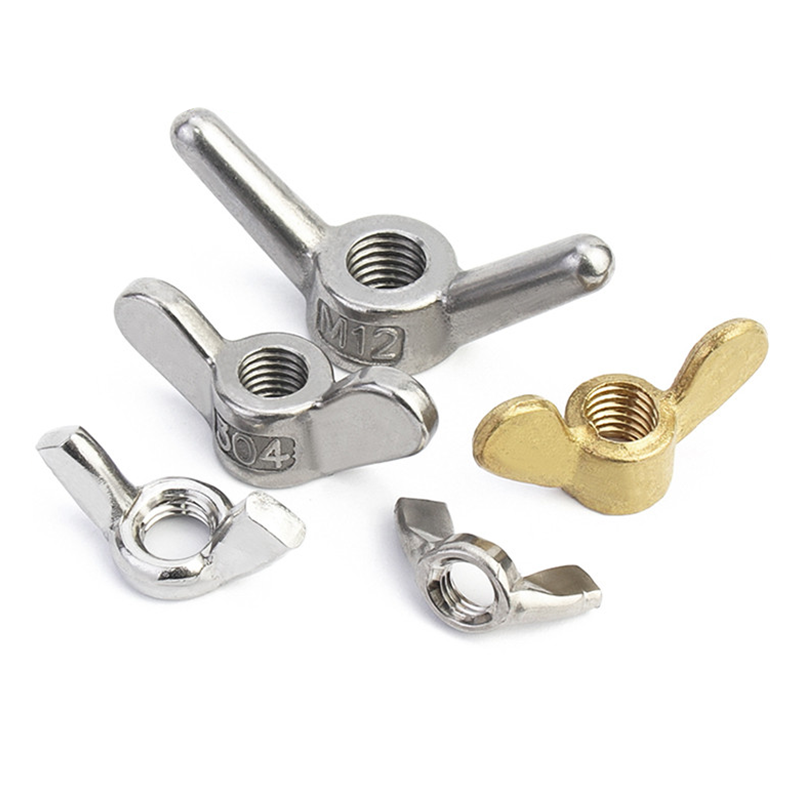

stud bolt unc understanding the basics and applications
Dec . 16, 2024 15:42 Back to list
stud bolt unc understanding the basics and applications
Understanding Stud Bolts Basics and Applications
Stud bolts are essential components used in mechanical and structural applications, serving as a critical fastening solution across various industries. Their simple yet effective design allows for strong and reliable connections, making them a preferred choice in environments where joint integrity is crucial. In this article, we will explore the basics of stud bolts, their composition, installation, and applications, highlighting their significance in industrial and commercial settings.
What is a Stud Bolt?
A stud bolt consists of a cylindrical rod with threads on both ends, allowing for robust fastening solutions when combined with nuts. Unlike conventional bolts that feature a head on one end, stud bolts are designed to be inserted into a tapped hole with the threaded ends extending outward, requiring nuts on both sides to secure the connection. This unique design provides versatility for various applications and is particularly advantageous in situations where space constraints or the need for high tension prevent the use of typical bolts.
Composition and Standards
Stud bolts are typically made from high-strength materials like carbon steel, stainless steel, or alloy steel, depending on their intended application. The material selection is crucial for ensuring durability, resistance to corrosion, and the ability to withstand extreme temperatures. Various standards govern the design and manufacturing of stud bolts, such as ASTM (American Society for Testing and Materials) and ASME (American Society of Mechanical Engineers), which outline specifications for dimensions, mechanical properties, and testing methods.
Installation Process
The installation of stud bolts requires careful attention to detail to ensure secure fastening. The process typically consists of the following steps
1. Preparation Ensure that the surfaces to be joined are clean and free of debris. Any imperfections can compromise the integrity of the joint.
2. Insertion The stud bolt is inserted into a tapped hole in one component. Both ends of the stud protrude to allow for nuts to be applied.
3. Nut Application Nuts are then threaded onto both ends of the stud. This is often done using a torque wrench to ensure that the applicative force meets the manufacturer's specifications, which is critical for the performance of the joint.
stud bolt unc understanding the basics and applications

4. Tightening The nuts are tightened in a pattern that distributes pressure evenly, minimizing the risk of warping or misalignment.
5. Final Inspection A final check ensures that all connections are secure, and the installation meets safety standards.
Applications
Stud bolts find applications across a multitude of industries, including
- Oil and Gas In the oil and gas sector, stud bolts are used extensively in flanged connections for pipelines, pressure vessels, and separators. Their ability to withstand high pressures and corrosive environments makes them indispensable in these applications.
- Construction Stud bolts are commonly utilized in the construction industry for connecting structural components, like beams and columns, where strong joints are vital for the safety of buildings and bridges.
- Marine Engineering In shipbuilding and marine structures, stud bolts are employed for their reliability in harsh environments, where exposure to saltwater and varying weather conditions can challenge structural integrity.
- Power Plants Power generation facilities use stud bolts in various applications, from turbine assemblies to boiler connections, where reliability and safety are paramount.
Conclusion
In conclusion, stud bolts are fundamental components that play a crucial role in ensuring the stability and durability of mechanical and structural assemblies. Their unique design, robust material options, and wide-ranging applications make them an essential choice in many industries. A proper understanding of their characteristics and installation processes can help engineers and technicians effectively utilize stud bolts, contributing to the safety and efficiency of their projects. As industries continue to evolve, the use and innovation of stud bolts will undoubtedly remain at the forefront of fastening technology.
Latest news
-
High-Strength Hot Dip Galvanized Bolts - Hebei Longze | Corrosion Resistance, Customization
NewsJul.30,2025
-
Hot Dip Galvanized Bolts-Hebei Longze|Corrosion Resistance&High Strength
NewsJul.30,2025
-
High-Strength Hot-Dip Galvanized Bolts-Hebei Longze|Corrosion Resistance&High Strength
NewsJul.30,2025
-
Hot Dip Galvanized Bolts-Hebei Longze|Corrosion Resistance&High Strength
NewsJul.30,2025
-
Hot Dip Galvanized Bolts - Hebei Longze | Corrosion Resistance, High Strength
NewsJul.30,2025
-
High-Strength Hot Dip Galvanized Bolts-Hebei Longze|Corrosion Resistance, Grade 8.8
NewsJul.30,2025

